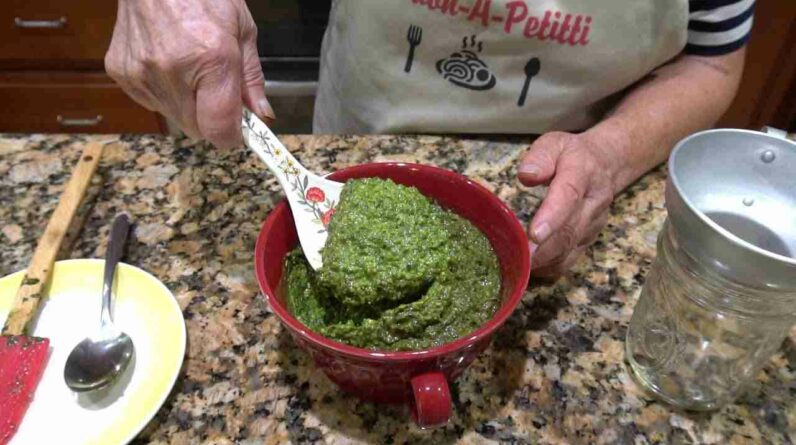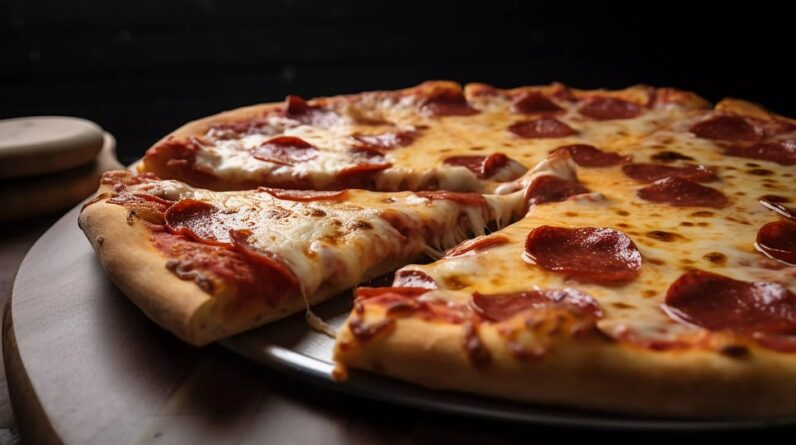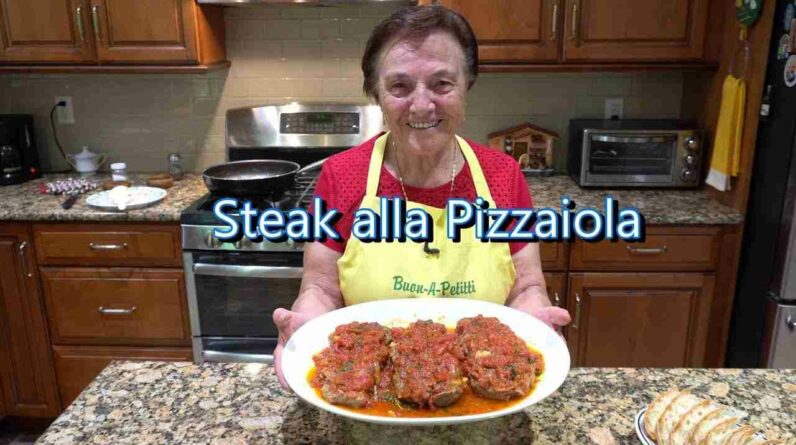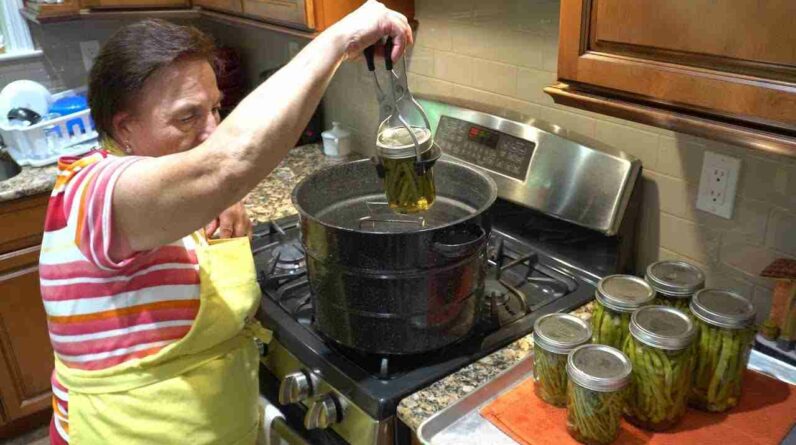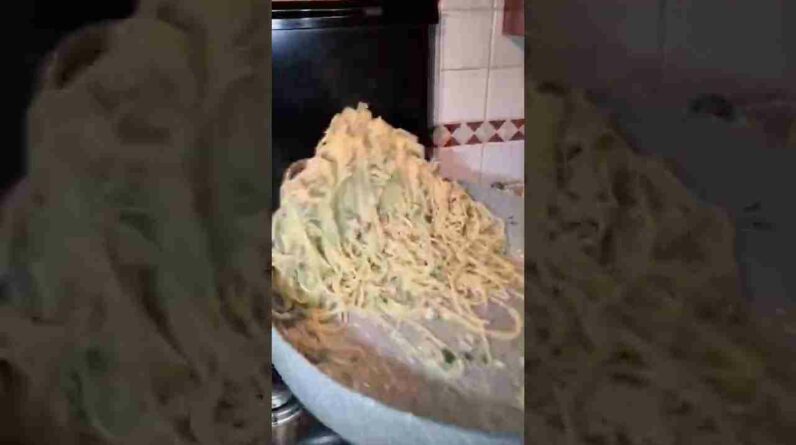A guide to Italian wine aging potential
Italy, with its rich history and diverse terroirs, offers a treasure trove of wines that can age gracefully, revealing complex layers and depths over time. Understanding the aging potential of Italian wines can enhance your appreciation of these beverages and help you build a wine collection that matures into a magnificent portfolio.
Understanding Wine Aging
Wine aging is a complex process influenced by various factors, including grape variety, vineyard terroir, winemaking techniques, and storage conditions. As wines age, their flavors, aromas, and textures evolve, often becoming more nuanced and balanced. The key to successful aging lies in selecting wines with the structure, balance, and acidity necessary to stand the test of time.
The Role of Grape Varieties
Nebbiolo
Nebbiolo, the grape behind Barolo and Barbaresco, is known for its extraordinary aging potential. This variety, hailing from Piedmont, develops complex aromas and flavors of roses, tar, and truffles with age. Nebbiolo wines typically require at least 10 years to reach their peak, but exceptional vintages can evolve beautifully for several decades.
Sangiovese
Sangiovese is the backbone of Chianti and Brunello di Montalcino. While Chianti wines generally have a shorter aging window (up to 10-15 years), Brunello di Montalcino can age gracefully for 20 years or more. With time, Sangiovese wines gain complexity, showcasing dried herbs, leather, and earthy undertones.
Aglianico
Often referred to as the “Barolo of the South,” Aglianico is a bold and tannic grape variety from regions such as Campania and Basilicata. Aglianico wines, like Taurasi and Aglianico del Vulture, have remarkable aging potential, often requiring a decade or more to soften and reveal their full spectrum of flavors, including dark fruits, tobacco, and chocolate.
Key Italian Wine Regions
Piedmont
Piedmont is renowned for producing some of Italy’s most age-worthy wines, particularly Barolo and Barbaresco. The region’s unique climate and soil conditions provide an ideal environment for Nebbiolo grapes to thrive. Barolo DOCG wines, for instance, are required to age for a minimum of 38 months, with at least 18 months in wood.
Tuscany
Tuscany is home to iconic wines such as Chianti, Brunello di Montalcino, and Vino Nobile di Montepulciano. Brunello di Montalcino DOCG, made exclusively from Sangiovese, has stringent aging requirements, with a minimum of two years in oak and an additional four months in bottle before release.
Campania
Campania, located in Southern Italy, is famous for Aglianico wines. Taurasi DOCG, made from Aglianico, requires a minimum of three years of aging, with at least one year in wood. These wines have the potential to develop complex tertiary aromas and flavors over decades.
Winemaking Techniques and Aging
Oak Aging
The use of oak barrels can significantly impact a wine’s aging potential. Oak imparts flavors such as vanilla, spices, and toast, while also allowing for controlled oxidation, which can enhance a wine’s complexity and longevity. Italian winemakers often use large Slavonian oak casks (botti) or smaller French oak barrels, depending on the desired style and aging potential.
Bottle Aging
After barrel aging, Italian wines often undergo additional aging in the bottle before release. This process allows the wine to integrate and harmonize. For instance, Barolo and Brunello di Montalcino require extended bottle aging to develop their signature aromas and flavors fully.
Optimal Storage Conditions
Proper storage is crucial for preserving the aging potential of Italian wines. Key factors include:
- Temperature: Wines should be stored at a consistent temperature of around 55°F (13°C) to prevent premature aging or spoilage.
- Humidity: A humidity level of 60-70% helps keep corks moist, preventing oxidation.
- Light: Wines should be kept in a dark environment, as exposure to UV light can degrade the wine’s quality.
- Position: Bottles should be stored horizontally to keep the cork in contact with the wine, preventing it from drying out.
FAQ
How long can I age a Barolo?
A well-made Barolo can be aged for 10-30 years, with exceptional vintages having the potential to age even longer. It’s essential to consider the producer and vintage when determining the optimal aging window.
What is the aging potential of a Brunello di Montalcino?
Brunello di Montalcino generally ages well for 20-30 years. The best producers and vintages can evolve gracefully for several decades.
Is it worth aging a Chianti?
Chianti Classico and Riserva can benefit from 5-15 years of aging. While they may not have the same longevity as Brunello or Barolo, well-made Chianti wines can develop attractive secondary and tertiary aromas with time.
What should I look for to determine if a wine can age?
Key indicators of aging potential include high acidity, firm tannins, balanced alcohol, and a robust structure. Wines with complexity and concentration are often better candidates for aging.
Can white wines age as well?
While Italian white wines like Arneis and Vermentino are best enjoyed young, some whites, such as Trebbiano d’Abruzzo and Soave Classico, can age beautifully for 5-10 years, developing rich, nutty, and honeyed characteristics.
Italian wines offer a fascinating journey through time and taste, with many varieties capable of transforming into masterpieces with proper aging. By understanding the factors that influence aging potential and following best practices for storage, you can savor the evolving beauty of Italian wines and create a collection that stands the test of time.
italian wines types

